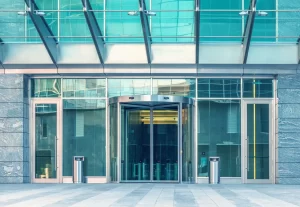
Mediterranean interior design of modern living room with unique wooden live edge coffee table. Created with generative AI technology.
Mid Century Modern Trends IV
The mid-century modern design era, which emerged in the mid-20th century, challenged traditional furniture design conventions in several ways, paving the way for more innovative and functional furniture designs. Here are some key ways in which it brought about this transformation:
1. Embracing simplicity: Mid-century modern design embraced simplicity and minimalism, departing from the ornate and elaborate designs of traditional furniture. Clean lines, sleek forms, and streamlined silhouettes became prominent features, prioritizing functionality over unnecessary ornamentation.
2. Use of new materials: Traditional furniture primarily utilized wood as the main material. However, mid-century modern designers began experimenting with new materials such as plastic, fiberglass, and metal. This allowed for the creation of lighter and more affordable furniture, as well as new shapes and forms that were previously impossible with traditional materials.
3. Incorporating innovative construction techniques: Mid-century modern designers were pioneers in using innovative construction techniques. They started exploring methods like molded plywood, bentwood, and the use of industrial production processes. These techniques enabled the creation of furniture that was both aesthetically pleasing and structurally sound.
4. Open floor plans and flexible arrangements: The mid-century modern design era coincided with the rise of open floor plans in architecture. To complement this, furniture designs became more flexible and adaptable to different spatial arrangements. Pieces such as modular storage systems, convertible sofas, and multipurpose furniture were introduced, allowing users to customize their living spaces based on their changing needs.
5. Ergonomics and comfort: The mid-century modern era emphasized ergonomics and comfort in furniture design. Designers like Charles and Ray Eames focused on creating chairs that conformed to the natural curves and movements of the human body, offering optimal support and comfort. This shift towards user-centric design greatly influenced subsequent furniture design practices.
6. Embracing new aesthetics: Mid-century modern design departed from the formal and traditional aesthetics by introducing new forms, materials, and colors. Bold geometric patterns, vibrant hues, and organic shapes were embraced, challenging the prevailing notions about what constituted “good design.” This more playful and daring approach opened the doors for future designers to explore new avenues of creative expression.
Overall, the mid-century modern design era challenged traditional furniture design conventions by prioritizing simplicity, embracing new materials and construction techniques, adapting to changing lifestyles, focusing on ergonomics, and exploring new aesthetics. These innovative approaches became the foundation for the development of even more functional, modular, and user-centric furniture designs in the years that followed.





